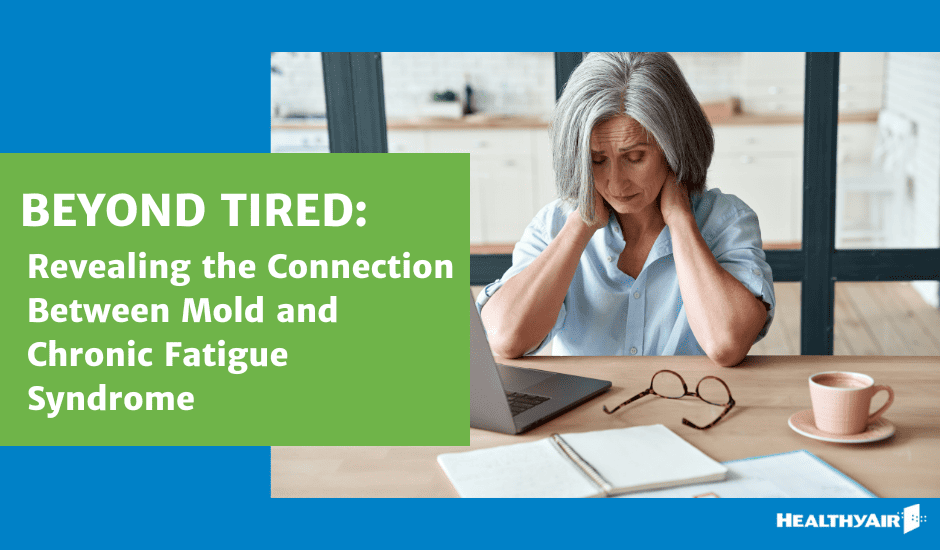How to Tell if you Have Mold Sickness

Causes of Mold Sickness and Common Symptoms
Mold is a fungus that comes different types. Typically, you can tell that you have mold simply by noticing patches of green, blue, or black growth in areas with increased moisture. Examples include the bathroom or kitchen. However, did you know that sometimes you can tell you have a fungus growing in your home by developing mold sickness?
How Does Mold Grow?
Mold spores need moisture and humidity to sprout, grow, and ultimately spread. Bathrooms with poor ventilation are common growth areas. Sometimes, the mold is hidden. It may be underneath wallpaper, floorboards, or inside cabinets. That said, the combination of wetness and warmth is a common thread.
More Than Just a Mold Problem
Many people are afraid of toxic black mold. While it is true that this variety is notorious for causing problems, other types of mold also release mycotoxins. Consider the facts.
- Water-damaged home. Most fungal growth is due to water damage. When your home experiences this problem, it opens the door to a broad range of possible health challenges. In addition to mold, there may also be bacterial growth and an influx of insects and other vermin.
- Poor indoor air quality. Along with these issues comes a decline in the indoor air quality. In addition to mold spores, dust, and decomposing organic materials come wastes from animals.
- Exposure to allergens. Mold exposure does not remain contained in the problem area. Spores and decomposing parts of the fungi travel throughout the structure. Heating and air conditioning ducts act as highways for the spores and other contaminants.
Chronic Fatigue and Other Mold Sickness Symptoms
Mycotoxins affect everyone differently. Depending on your susceptibility to these allergens, you may present with a stronger reaction. Moreover, there is the overall condition of your health to consider. In most cases, healthy people will not react as strongly as those with a weakened immune system or someone overcoming a recent illness.
Among common complaints are chronic fatigue, headaches, memory problems, and respiratory issues. You may become more prone to sinus infections. Some people report freezing a lot. It is interesting to note that even someone without a mold allergy will have physiological responses to spore exposure. You might sneeze a lot, have a runny nose, and develop a rash.
Mold Remediation vs. Cleanup
When you see the signs of mold growth in your home, it is tempting to get out the spray cleaner. However, many of these products only work on non-porous surfaces such as glass or porcelain bathtub fixtures. For anything porous, you need to consider remediation. This type of cleanup calls for professional products and methods.
Most importantly, an expert in the field will ensure that your mold problem remains contained to one area. Also, the pro can suggest other cleaning services that will assist with affected ductwork. No matter what you decide, do not put off getting the help you need today. Mold sickness symptoms do not go away by themselves. Rather, they get worse.
Healthy Air USA will gladly answer all of your questions. Contact us today for more information.



